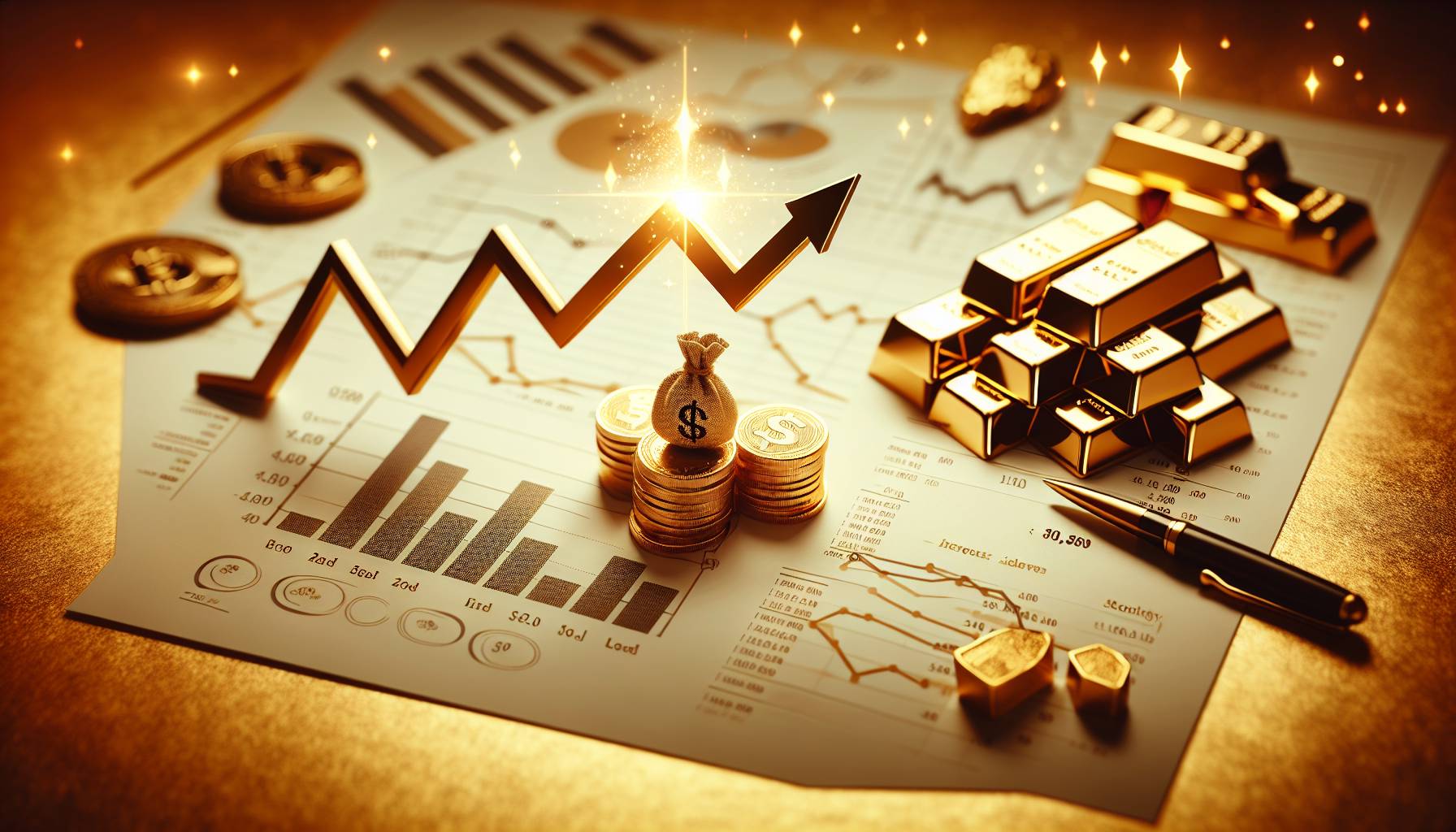factors influencing gold prices in India
Gold prices in India are influenced by a variety of factors that contribute to their fluctuation. One of the primary factors is the international gold market, where global demand and supply dynamics play a crucial role. Changes in the US dollar value, as gold is typically priced in dollars, can also impact prices; a weaker dollar often leads to higher gold prices as it becomes cheaper for holders of other currencies.
Domestic factors such as the Indian rupee’s strength or weakness against the dollar can further affect gold prices. A depreciating rupee makes gold more expensive for Indian buyers, potentially driving prices up. Additionally, India’s cultural affinity for gold, particularly during festivals and wedding seasons, can lead to increased demand and consequently higher prices.
Government policies, including import duties and tariffs on gold, are significant influencers as well. High import duties can restrict supply and push prices upward. Inflation rates and interest rates in India also play a role; higher inflation often leads to increased gold buying as a hedge, while lower interest rates can make gold a more attractive investment compared to other financial instruments.
Lastly, geopolitical tensions and economic uncertainties can drive investors towards gold as a safe-haven asset, thereby increasing demand and influencing prices. These factors combined create a complex environment where gold prices are constantly adjusting to both domestic and international influences.
analysis of recent market trends
In recent months, the gold market in India has experienced notable fluctuations, reflecting broader global economic trends and domestic influences. The market has seen a steady increase in gold prices, driven by a combination of international and local factors. Globally, economic uncertainties, including concerns over inflation and potential recessions in major economies, have led investors to seek refuge in gold, traditionally viewed as a safe-haven asset. This increased demand has contributed to the upward trend in prices.
Domestically, the Indian market has been influenced by the rupee’s performance against the US dollar. A weaker rupee has made gold imports more expensive, thereby pushing local prices higher. Additionally, seasonal demand has played a significant role. The festival and wedding seasons in India typically see a surge in gold purchases, further driving up prices. This seasonal demand is a critical factor in the recent price trends, as cultural practices continue to prioritize gold as a preferred form of investment and gift.
Moreover, government policies have also impacted the market. Recent adjustments in import duties and tariffs have affected the supply chain, influencing price movements. The Indian government’s efforts to curb gold imports to manage the trade deficit have led to tighter supply conditions, contributing to price increases. These market dynamics highlight the complex interplay of global and domestic factors that have shaped the recent trends in gold prices in India.
expert opinions and future predictions
Experts in the field have weighed in on the current trajectory of gold prices in India, offering insights into what the future may hold. Many analysts suggest that the ongoing global economic uncertainties, including inflationary pressures and geopolitical tensions, are likely to sustain the demand for gold as a safe-haven asset. This sentiment is echoed by financial strategists who predict that as long as these uncertainties persist, gold will remain an attractive investment option, potentially leading to further price increases.
Additionally, some experts point to the potential for continued fluctuations in the Indian rupee as a key factor that could influence future gold prices. Should the rupee weaken further against the US dollar, it could result in higher local gold prices, as imports become more costly. Conversely, a strengthening rupee might ease some of the upward pressure on prices, although this is contingent on broader economic conditions.
Looking ahead, market analysts are also considering the impact of potential changes in government policy. Any adjustments to import duties or tariffs could significantly alter the supply dynamics, thereby affecting prices. Some experts anticipate that the Indian government may continue to implement measures aimed at balancing the trade deficit, which could include further restrictions on gold imports.
While the future of gold prices in India remains subject to a variety of influencing factors, the consensus among experts is that the combination of global economic conditions, domestic currency fluctuations, and government policies will play pivotal roles in shaping the market. Investors are advised to stay informed about these developments, as they could present both opportunities and challenges in the gold market.
factors influencing gold prices in India
Gold prices in India have been on the rise, influenced by a combination of domestic and international factors. One of the primary drivers is the fluctuation in the Indian Rupee against the US Dollar. A weaker Rupee makes gold more expensive for Indian buyers, as the metal is typically priced in Dollars.
Additionally, global economic uncertainties, such as geopolitical tensions and inflationary pressures, have led investors to seek safe-haven assets like gold. The demand for gold in India is also seasonally driven, with festivals and weddings traditionally boosting purchases.
Moreover, changes in import duties and government policies can significantly impact gold prices. The Indian government’s stance on gold imports and taxation can either encourage or deter buying, affecting the overall market dynamics.
The international gold market trends, including interest rates set by major economies and the performance of the US economy, play a crucial role in shaping the gold price trajectory in India. Investors closely monitor these factors to make informed decisions.
market reactions and future outlook
As gold prices in India continue to rise, market reactions have been mixed, with investors closely watching both domestic and international developments. The recent uptick has sparked increased interest among traders and investors, who are evaluating their portfolios in light of the current trends.
Many investors are optimistic about the future of gold, viewing it as a hedge against inflation and currency devaluation. The ongoing economic uncertainties globally have reinforced gold’s status as a safe-haven asset, prompting a shift in investment strategies towards more secure options.
Looking ahead, the outlook for gold prices remains cautiously optimistic. Analysts predict that if current economic conditions persist, gold could maintain its upward trajectory. However, any significant changes in monetary policies, especially from major economies like the US, could alter this path.
Investors are advised to stay informed about global economic indicators and policy changes that could impact gold prices. By keeping a close eye on these factors, they can better position themselves to capitalize on potential opportunities in the gold market.

